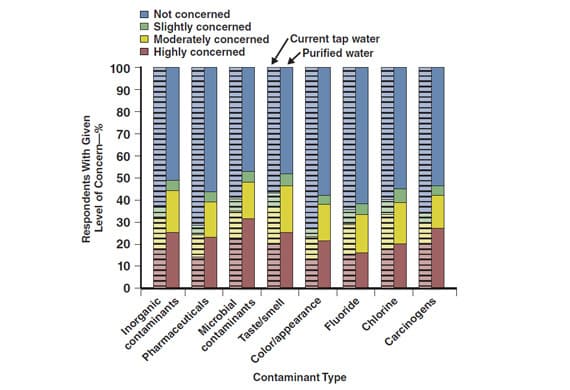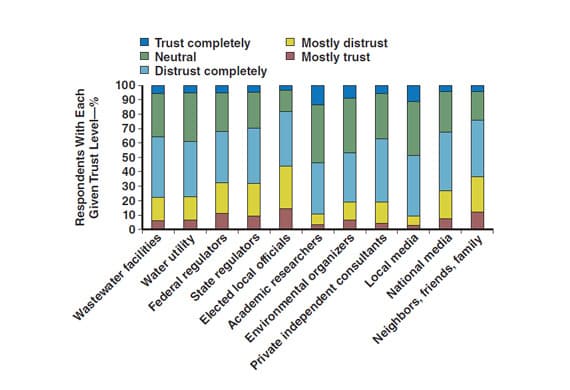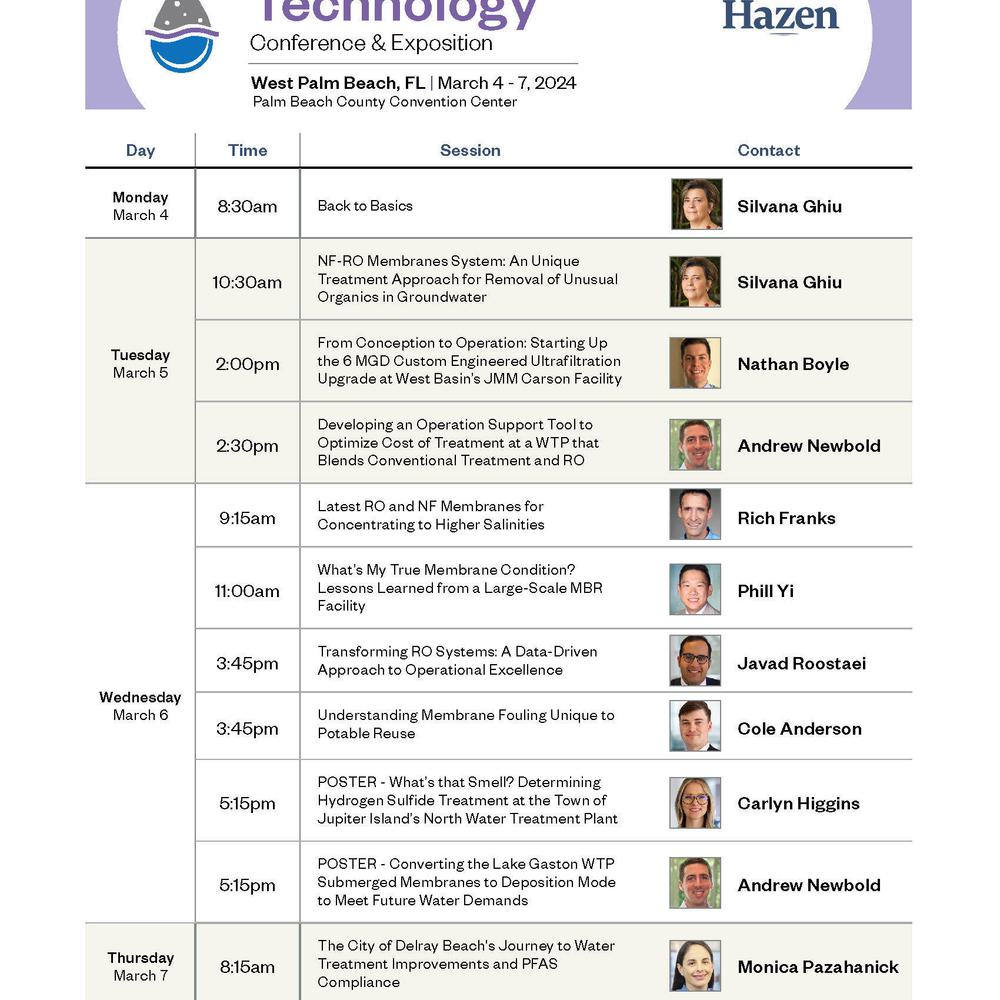Public Perceptions of Direct Potable Reuse (DPR) in Four U.S. Cities
Stephanie K. L. Ishii, Treavor H. Boyer, David A. Cornwell, Steve H. Via
Last Modified Dec 06, 2022
Although substantial research and multiple demonstrations have been geared toward the technical feasibility of producing safe drinking water from municipal wastewater, public acceptance of direct potable reuse (DPR) also plays a significant role in its successful implementation. Accordingly, the overall goal of this study is to provide insight into effective strategies for communicating about DPR to the public. The specific objectives are to (1) quantify public support for DPR in four water-stressed US cities; (2) compare public concerns related to DPR with those related to existing tap water supplies; and (3) relate public support for DPR to DPR perceptions. This presentation will address each of the objectives, as well as discuss how results suggest the importance of conveying certain types of information when communicating about DPR to the public, such as how specific constituents in wastewater will be treated and the drivers that necessitate DPR in a given community. This presentation will highlight survey results specific to Texas respondents, as well as how Texas utilities can use this information to improve communication about DPR, indirect potable reuse, and other water supply options.
This work involved the distribution of an online survey regarding perceptions and support of existing tap water supplies, as well as purified water, which was defined as “municipal wastewater that has undergone advanced water treatment processes, thus resulting in water quality that, at a minimum, complies with drinking water regulations.” Survey sample identification and survey distribution was conducted by Survey Sampling International (SSI), ultimately resulting in a final survey sample of ~1,600 valid responses from individuals living in four select US cities in Georgia, Texas, California, and Florida. These four cities were selected for survey implementation based on enhanced awareness of water resources due to local water scarcity, increasingly stringent state wastewater effluent requirements, and/or instances of nearby indirect/direct potable reuse. The validity of a complete survey response was based on the respondent’s age, city of residence, and survey completion time.
The survey began with questions pertaining to perceptions and use of current household tap water. Following this section, respondents were provided with basic information about water and wastewater in the United States, and an introduction to DPR that included the aforementioned definition for “purified water”. The term “purified water” was selected to represent the finished water resulting from a DPR system in order to reflect the terminology being used within the water reuse community. Additionally, access to this “purified water” definition was continuously provided to respondents throughout the survey. Questions following the DPR introduction section gauged one’s level of support and perceptions of purified water, and lastly measured demographics.
Related Topics:

Overall, ~56% of respondents agreed that using purified water as drinking water is a good idea for society; ~62% of respondents reported comfort levels above neutral when it came to drinking purified water; and ~52% of respondents expected that they would vote in favor of using purified water as tap water in their city of residence. Concerns about current tap water supplies were greatest regarding taste/smell and microbial contaminants. In purified water, respondents were still most concerned with taste/smell and microbial contaminants, with perceived risk related to microbial contaminants standing out as a differentiator between pro- and anti-purified water voters. Trust in wastewater treatment facilities, followed by trust in state regulators, federal regulators, elected local officials, and water utilities, to provide accurate information about household tap water also separated the respondents who would vote in favor of purified water as tap water from those who would not. Water shortages due to drought (Texas and California respondents) and the environmental benefits of reusing treated wastewater in lieu of withdrawing additional water (Georgia and Florida respondents) were ranked as the strongest reasons for replacing or augmenting existing drinking water supplies with purified water.


Taken together, survey results suggest that the following items are of significance when communicating about DPR to the public:
- The potential for DPR and associated advanced water treatment to improve current tap water supplies and ameliorate existing concerns, specifically with regard to microbial contaminants and taste/smell;
- The need to foster community trust in water and wastewater treatment facilities, regulators, and local officials in order to strengthen support for alternative water systems;
- Community-specific drivers for implementing DPR in a given setting.











